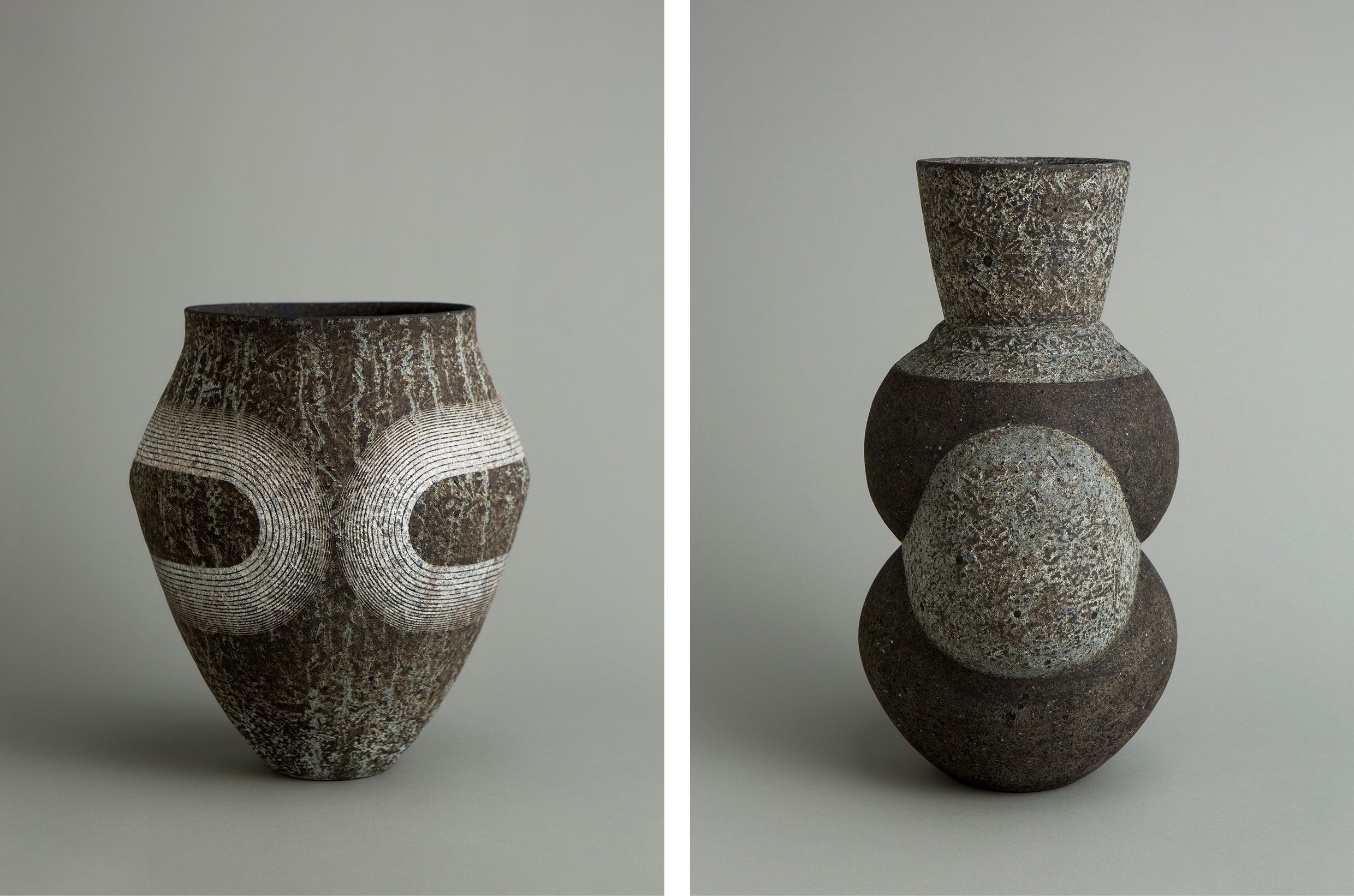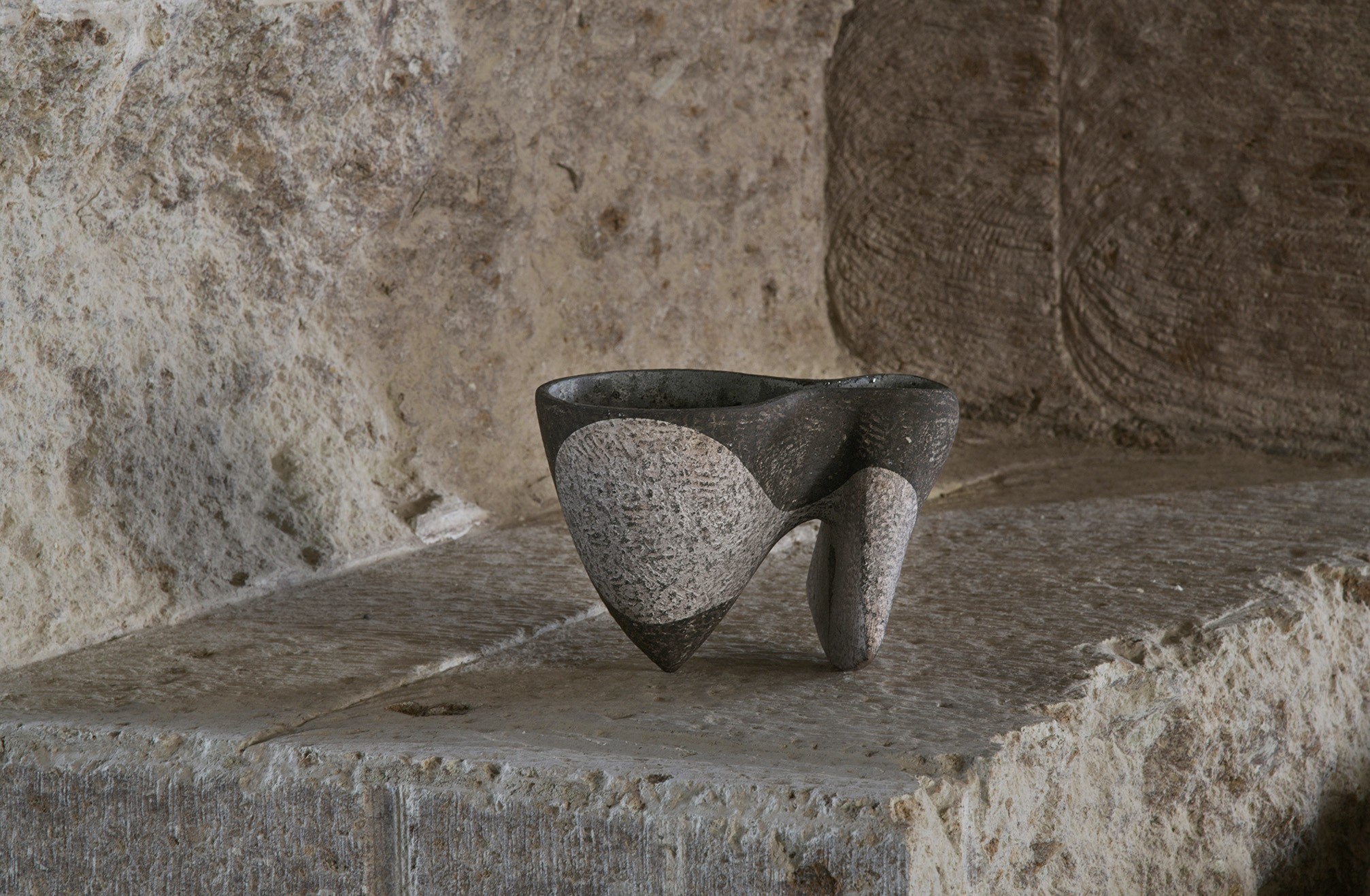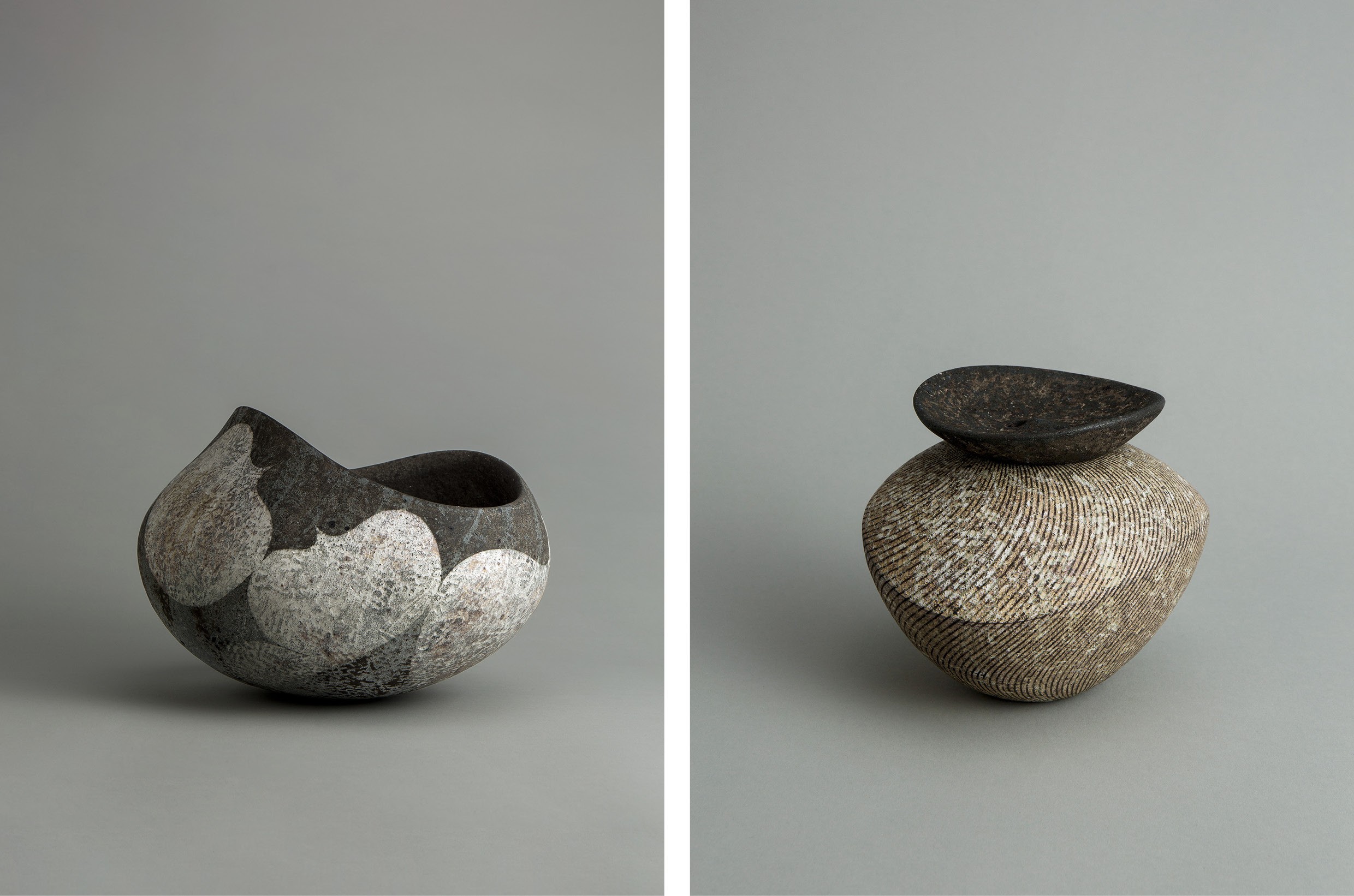- Interior
- Architecture & development
Japanese artist Daisuke Iguchi is known for his ceramic works, which unite elegant shapes with gentle curves. The rusty look and texture is an ode to the wear and tear effect of time on all things and is obtained through a unique creative process. Meet Iguchi's ‘rusty pottery.’

Iguchi proceeds according to a very unique process.
His works, which he has been creating in his own studio in Tochigi since 2004, are known for their modern and elegant forms and soft exterior surfaces. Iguchi's ceramics have the aura of ritual artifacts and sacred objects. The artist himself describes his work as "rusty pottery," a reference to its rusty look and texture.
Iguchi proceeds according to a very unique process, which is the result of many years of experimentation with different materials, including stone and wood. The forms are built up by the artist by hand and are continually reshaped from the inside out.  After sculpting a piece and firing it at low temperature, he evenly sprays the entire surface with rice ash dissolved in water before finally firing it at full temperature. After the piece has cooled, he still polishes the surface with a special steel brush to achieve the characteristic texture of his works.
After sculpting a piece and firing it at low temperature, he evenly sprays the entire surface with rice ash dissolved in water before finally firing it at full temperature. After the piece has cooled, he still polishes the surface with a special steel brush to achieve the characteristic texture of his works.
Finally, he will create the fine lines and stripes on the surfaces of his ceramics. He does this by carefully applying long, thin strips of masking tape one by one, before coloring the strips with silver glaze. In this way he obtains the typical geometric patterns on his work, which, together with the rusty texture, emphasize the shape of the piece and accentuate the sense of the accumulation of time.
So after this first introduction to his work, it should come as no surprise that Daisuke Iguchi has already won several awards and that his work is part of important museum collections.  Want to know more about Daisuke Iguchi? Read the full article in Imagicasa Design 2021.
Want to know more about Daisuke Iguchi? Read the full article in Imagicasa Design 2021.
Images courtesy of Daisuke Iguchi
Header Image: © Nitta Youichi
Image 2: © Tsutsumi Yano
Image 3: © Tsutsumi Yano
Image 4: © Nitta Youichi
Image 5: © Tsutsumi Yano
Image 6: © Tsutsumi Yano